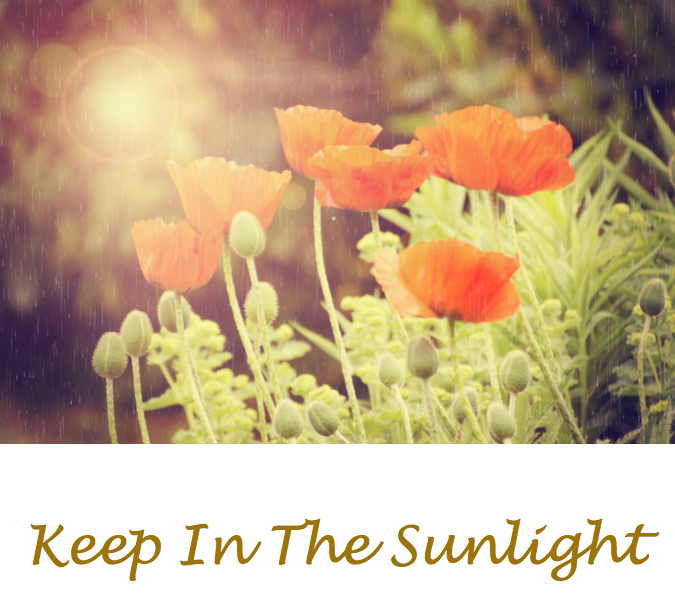
First published in 1806 as “The Star,” this poem (or at least the first stanza) is one of THE most well-known children’s songs. The poem was part of a collection of poems called Rhymes for the Nursery written by Jane Taylor and her sister, Ann. The melody that the words are set to is the French tune “Ah! vous dirai-je, maman,” which was first published in 1761. It was first paired with the poem in an 1838 publication.
The French tune (translated to “Oh! Shall I tell you Mama”) is a familiar one. It is also the tune of the Alphabet Song and Baa, Baa, Black Sheep. Many classical composers also used the melody in their works. The one I’m most familiar with is Mozart’s variations.
I hadn’t read the full poem until last year, but I fell in love with it. How beautiful. I read it during the beginnings of the Covid shutdowns, and the symbolism of this shining spark in the dark hit me. It is definitely a poem I’d like to memorize for reciting to my children.
As with any popular work, there are many variations and parodies as well. This variation is found in Mildred J. Hill’s, Song Stories for the Kindergarten. (And in case that name doesn’t ring a bell for you, Mildred wrote the music for “Good Morning to You,” known to the rest of us as the famous “Happy Birthday” song.)
How we wonder what you are.
Up above the world so high,
Like a diamond in the sky.When the glorious sun has set,
And the grass with dew is wet,
Then you show your little light,
Twinkle, twinkle, all the night.When the golden sun doth rise,
Fills with shining light the skies,
Then you fade away from sight,
Shine no more ’till comes the night.
How I wonder what you’re at!
Up above the world you fly,
Like a teatray in the sky.
How I wonder what you are
Underneath that mop of hair
Ringo, are you really there?
Ringo, Ringo, Ringo Starr
How I wonder what you are

